Supporting One Another
August 8, 2021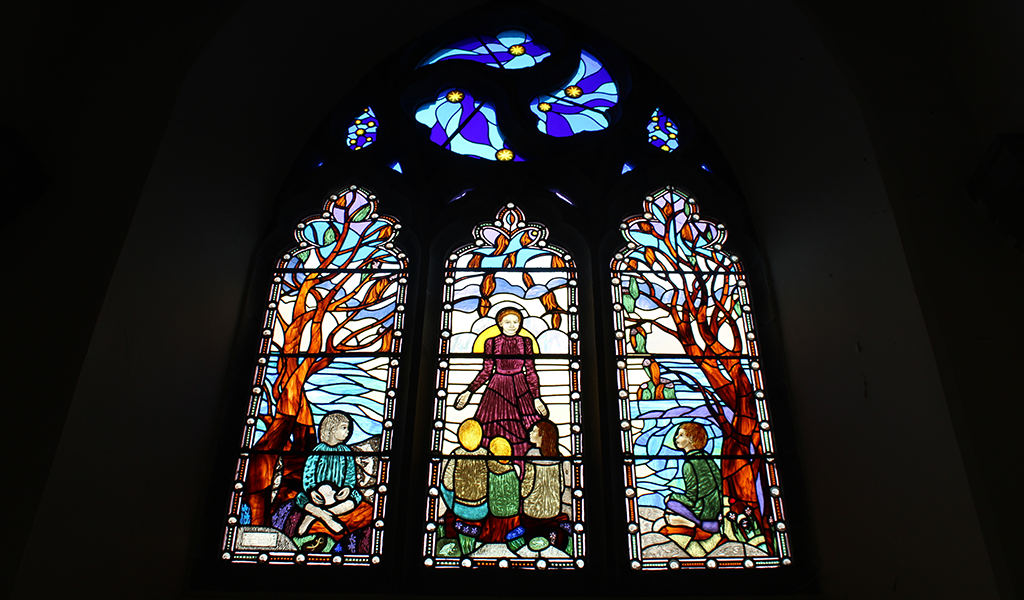
We are all in the gift of much older work. We are looking often by others’ eyes and we are only preparing ourselves to do something larger. [1]
Visiting the beautiful country of Scotland gave me a marvellous insight into the character and background of Mary MacKillop’s parents, Alexander and Flora MacKillop. It also provided an understanding of the harsh history of the country and the determined resilience of the Scottish Highlanders.
Saint Mary MacKillop Feast Day 2021
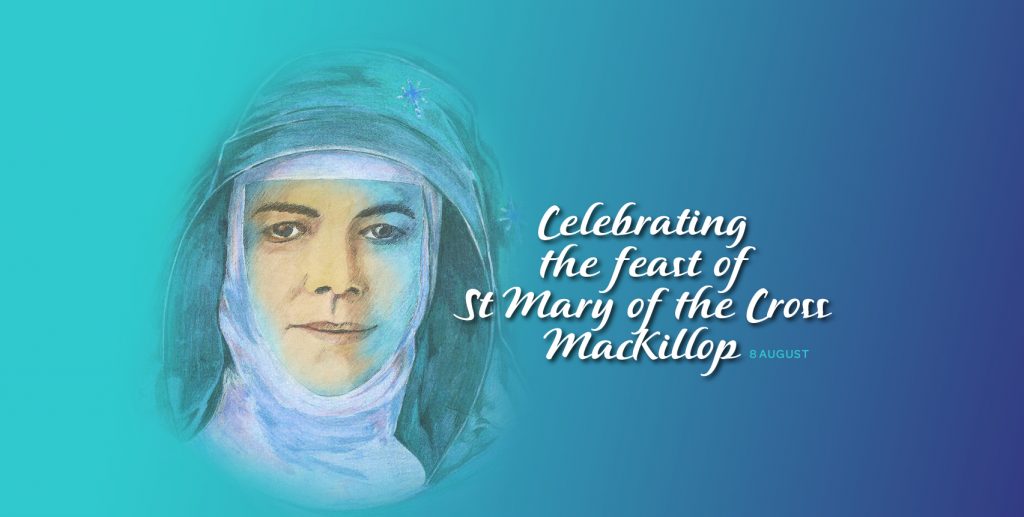
Greetings on this feast of Mary MacKillop as parts of Australia and our world are in lockdown which means that celebrations for this feast need to be held in homes.
Mary’s mother Flora and her siblings had to enter a period of quarantine when they arrived in Australia in 1839. I imagine that Flora shared this experience with her young family, both the gifts and challenges. One gift was that it was while in quarantine that she met her future husband Alexander who was assisting the newly arrived immigrants from Scotland. So let us ask Mary MacKillop to show us the gifts that have come through the experience of lockdown while sharing with her the struggles that we face.
What Did Julian Tenison Woods Say About Indigenous Australians?
August 7, 2021
When the ordained ministry of Julian Tenison Woods began in Penola in 1855 he soon saw the conditions under which the local Aboriginal people lived. What he observed raised concerns that remained with him for the rest of his life. Several times, on his various journeys, he wrote about the Aboriginal people he encountered.
Mary MacKillop Today Community Grants Program 2022
August 6, 2021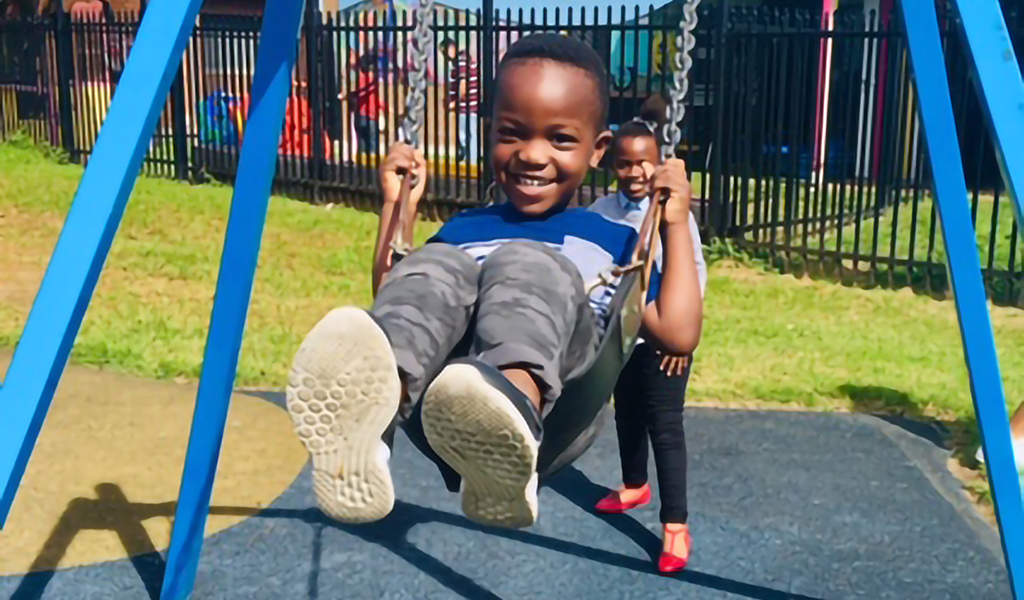
Applications for the Mary MacKillop Today Community Grants Program 2022 will open at 9am on Monday 16 August and close at 5pm on Friday 17 September 2021 (AEST).
Eligible organisations may apply for grants of up to $10,000 AUD to deliver small, life-changing projects that promote life-long learning for Australians affected by vulnerability.
National Vocations Awareness Week: Journey with the Josephites
August 2, 2021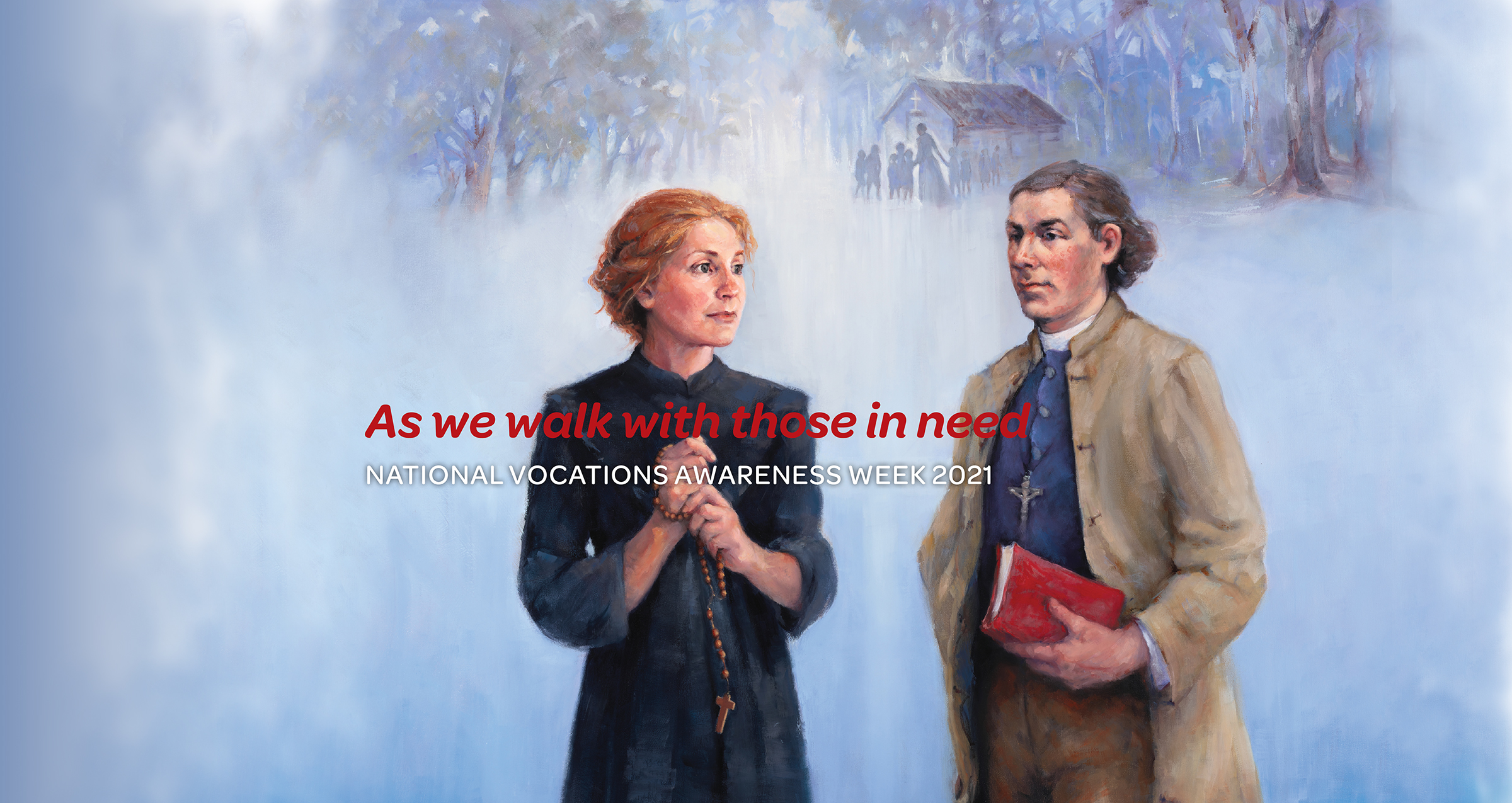
Pope Francis said in 2019, our vocation “teaches us that our life is not a fluke but rather a gift: that of being God’s beloved children, gathered in the great family of the Church.”
National Vocations Awareness Week is a time for every Christian to ask these important questions:
Slavery exists today in Australia. Can we make a difference?
July 30, 2021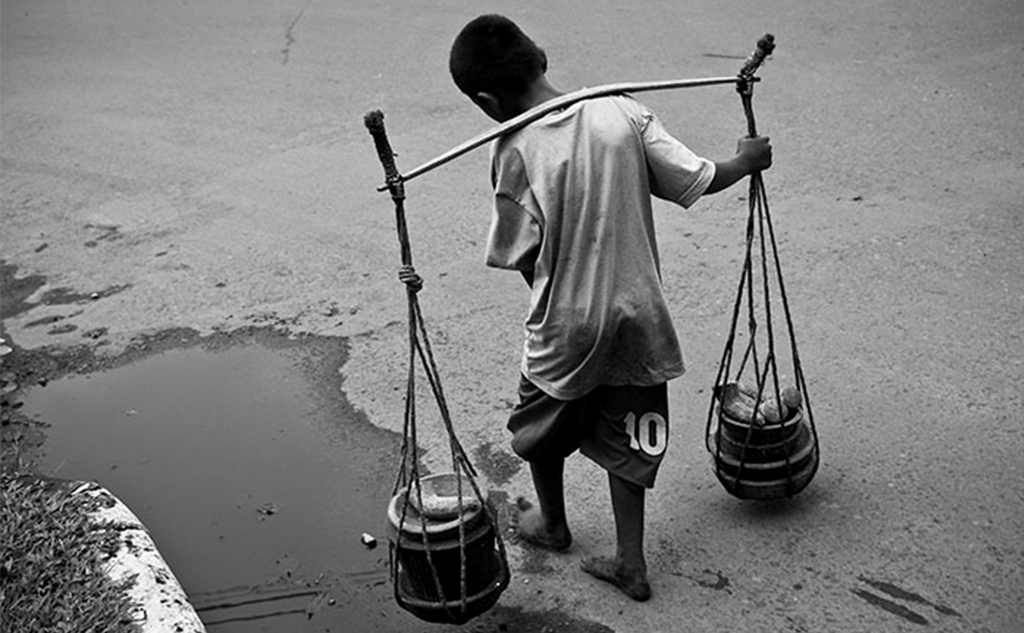
Slavery exists today. This is not in some faraway place but in our very own backyard.
Human trafficking or modern-day slavery is the third largest criminal industry in the world. Women, children and men are brought into Australia under false pretences, many ending up in forced labour, debt bondage, domestic and sexual servitude and forced marriage
Celebrating the Bicentenary of Peru’s Independence
July 28, 2021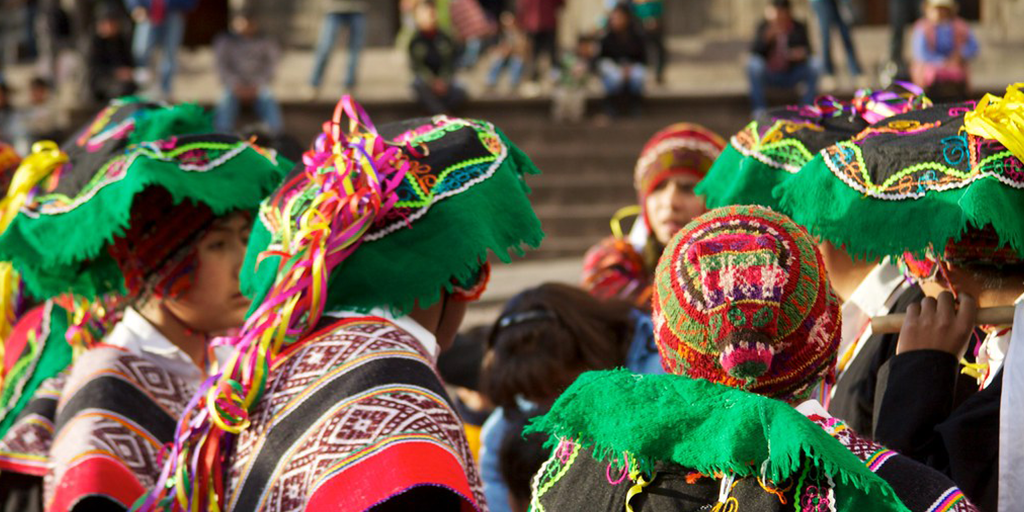
Two hundred years ago, on 28 July 1821, Peru proclaimed its independence from Spain. I would like to remember hundreds of anonymous women and men from the different social environments of the peoples of Peru who awaited independence from the Spanish crown.
They engaged in a hopeful struggle for freedom and equal rights that was not entirely achieved.
NAIDOC Week 2021: Spotlight on Ministry – Sr Michele Madigan
July 8, 2021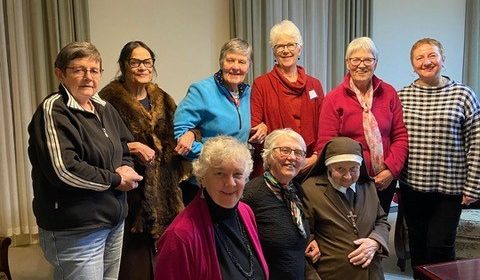
Michele Madigan is a Sister of Saint Joseph who has been involved with Aboriginal people in South Australia for about 40 years.
She has ministered in Port Adelaide, in the bush, and most recently has worked in the Murraylands, East of Adelaide for nearly 20 years.
Sr Michele is also involved with the SA Reconciliation Circle, an ecumenical initiative of the Sisters of Saint Joseph that has promoted reconciliation with First Nations people for 17 years.
